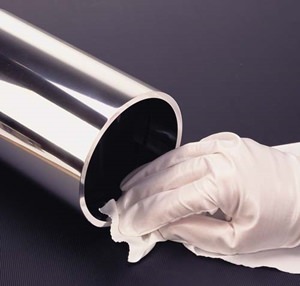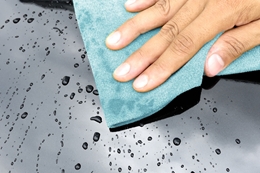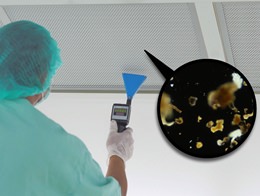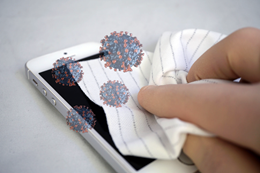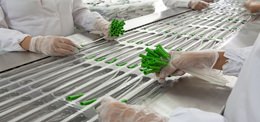Coventry Cleanroom Chamois
Nylon/polyester microfiber wipe with laser sealed edge
The Cleanroom Chamois™ is the only wipe made from a 50/50 nylon/polyester microfiber blend providing superior toughness and particle entrapment. The microfibers in the Cleanroom Chamois™ have a unique wedge shape, which lifts all types of contaminants from the surface more effectively than conventional round fibers. Cleanroom Chamois™ are laundered in our Class 10 (ISO Class 4) cleanroom, and are available with our exclusive laser-edge sealing process (LE).
Features & Benefits
- 50/50 nylon/polyester microfiber blend (Ultra absorbancy)
- More thoroughly removes all solvent and contaminants from clean room surfaces
- Construction provides superior strength and abrasion resistance allows relaundering and reuse to save money
- Saves time - replaces 10 standard polyester wipers
- Increased number of microspaces trap more particles, regardless of wet or dry wiping
- Excellent particle entrapment
- High absorbency capacity
- Low non-volatile residue (NVR)
- Sealed edges insure low particulate levels
- Wedge shaped Fibers act as small squeegees for superior surface contact
Applications
- Cleanrooms
- Semiconductors
- Disk Drive
- Aerospace
- Optical Lenses
| TDS | |
| REGS | |
| Categories |
| Shelf Life | 2 Yrs |
|---|

